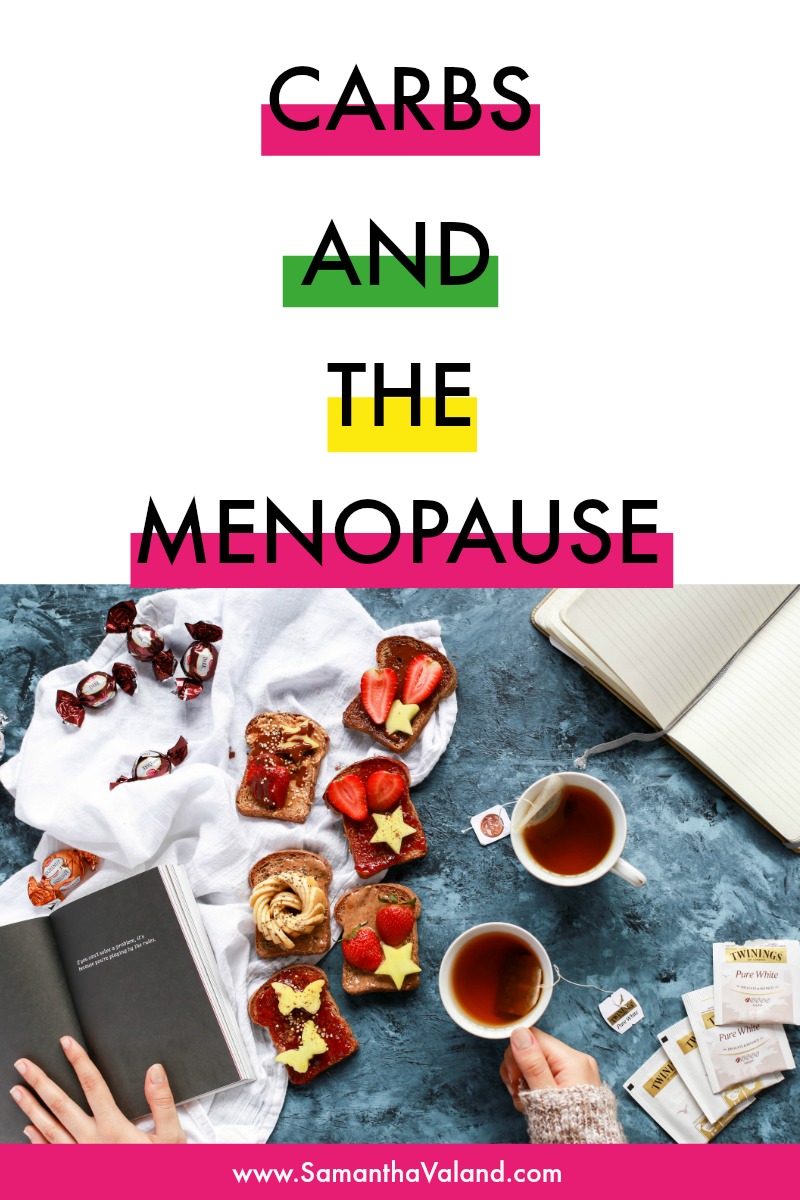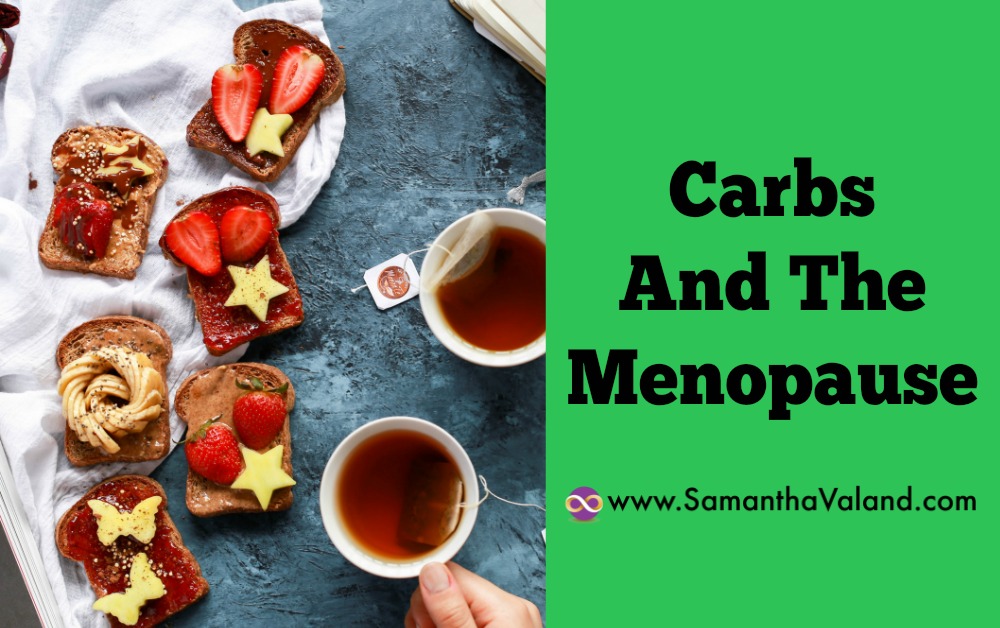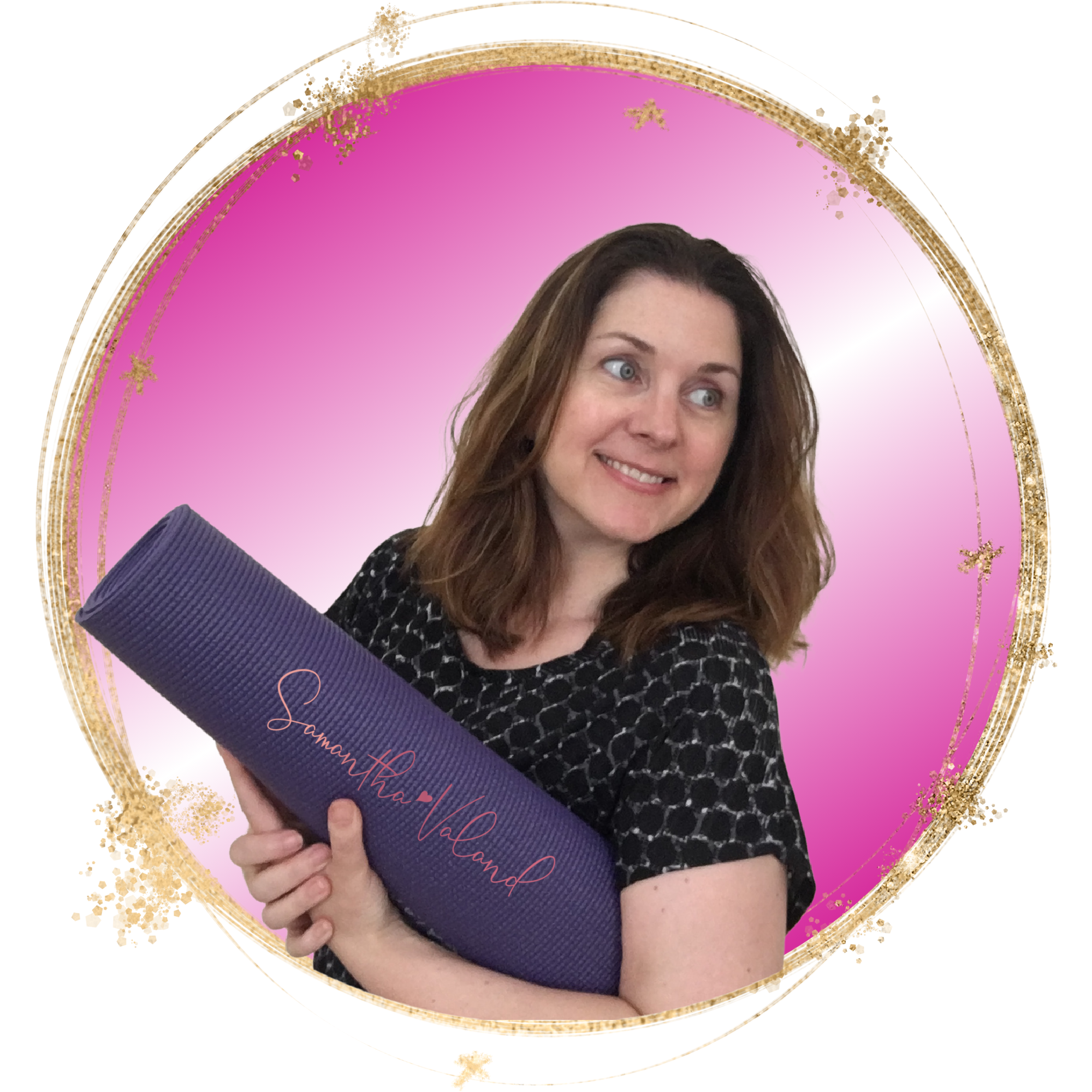Carbs And The Menopause
You can become more sensitive to carbs in your menopausal years. Combined with a sensitivity to stress and it easily leads to an expending waistline which is hard to reduce.
‘Eat less, exercise more’ no longer works and often has the opposite effect, or so it seems.
If you are stuck here and not sure, where to go next, I recommend the Burner quiz from the Metabolic Effect, which helps you to indentify the amount of carbs you can eat in a day without affecting your waistline or your energy levels. Metabolic Effect will also send you some information on your burner type. However, here is a quick summary:
The quiz breaks into 3 ‘burner’ groups: sugar, mixed and muscle. Metabolic Effect use bites which is a fab reference particularly if you eat out a lot as it is hard to know how big a portion size is unless you weigh it, which isn’t always very practical
Sugar Burners
Sugars have the least tolerance to carbs and therefore have to be quite fussy with the amount they eat. Also if you have limited bites, the food has to be fabulous otherwise why bother! If it’s a treat then 3 bites or 5 bites if it’s healthy. It doesn’t sound much but speaking from experience it’s actually easier to keep a track of compared to a higher number of bites.
- Do best on lower carb
- 3 to 5 bites = 15g to 20g
- 50g starchy carb or less daily to start
- Atkin’s or Paleo can work well
- Try fat over starch
- Avoid all but the least sweet fruits
- Be very careful with dairy
- Eat very frequently
- Can do well on coffee
Mixed Burners
Are in the middle and can be influenced by lifestyle
- Do best on moderate carbs
- 5 to 10 bites (20 to 50g per meal)
- 100g starchy carb or less per day
- Zone, South Beach can work well
- Low GI fruit
- May or may not do well with dairy
- May or may not do well with coffee
Muscle burners are at the other end of the scale and can tolerate more carbs
- Needs more carbs
- 7 to 15 bites at a meal or more
- 35g to 70g
- 150g-200g starchy carb per day
- Do better on low fat dairy
- All fruit(sugar, water, fibre)
- Don’t always do well on coffee
Smart carbs
If you are going to the gym, you will need to fuel your muscles afterwards whilst keeping in your range of bites. This is when I would plan to eat starchy carbs that I would enjoy, rather than eat them on days that are sedentary.
Sleep and carbs
If you are reducing your carbs it may impact your sleep and may wake you up in the wee small hours. Ensuring you have enough carbs in your main meal of the evening can help with this. Which is trial and error on your part to work out what works best for you.
Hormonal Carbs
If you have access to the food labels of your meal, Metabolic Effect have a calculation to help you choose the best product which fits into your carbs requirements. Looking at the serving size you are planning to eat. You subtract the fiber and protein from total carbs figure
Sugar burners: <6
Mixed Burners: <11
Muscle burners:<16
Click here to use the calculator on my website.
GI Index
The GI Index and diet was created for people with type 2 diabetes who wanted to control their diabetes with food rather than medication. It can be a useful guide in your menopausal years if you are sensitive to carbs to work out what foods are everyday foods and which ones are occasional ones.
Food Diary
A food diary is a great place to start. We can often be quite habitual with our food habits. I have oily fish on Tuesday and Fridays, which are meat free days. I check my diary and when I am teaching Pilates classes as it is often at an anti-social time.
I encourage you to start looking at how food makes you feel afterwards. Regardless if you head is telling you it is healthy, what is your body telling you? We can pick this up from our hunger, energy and cravings levels. HEC for short.
If you are hungry a few hours after lunch, then you need to look at the combination of protein, fibre, carbs fat on your plate.
Click here for a free Food Diary to download.
Starchy and non-starchy carbs
Carbs split into two groups of starchy and non-starchy carbs. Non-starchy carbs are the ones we can be a bit more relaxed with. Starchy carbs, we need to pay a bit more attention to.
We tend to know the obvious ones such as alcohol, biscuits, pastries and crisps are in the occasional category. However, some fruit and veggies also fall into the occasional category, particularly for menopausal women.
High sugar fruits such as cherries and watermelons, and veggies such as butternut squash and sweet corn.
We are looking for fruits and veggies with higher fibre and water content such as green leafy veggies, cauliflower, courgettes, apples and pears
Food diaries are useful for spotting where the veggies and carbs in your meals are both starchy or is it a split between starch and non-starch on your plate.
Unfortunately, this part of your menopause doesn’t come with a manual, so it is really up to you to play around with the ratios on your plate and keep note of how it makes you feel.
What happens when…….
P.S. If you enjoyed this blog, you will also love this one:





